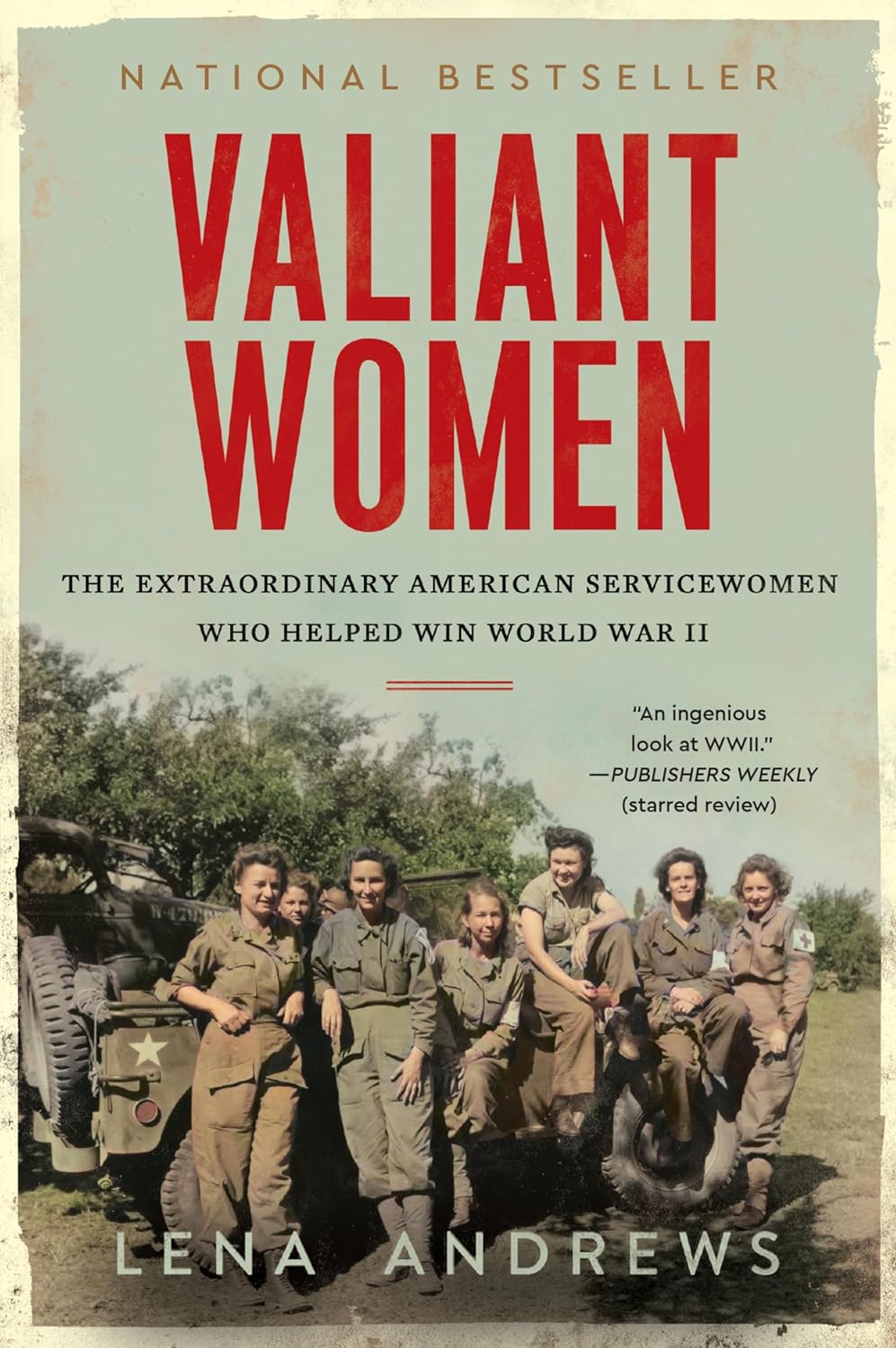Summary | Excerpt | Reviews | Beyond the Book | Readalikes | Genres & Themes | Author Bio

The Extraordinary American Servicewomen Who Helped Win World War II
by Lena S. Andrews
Under Love's guidance, ATC recommended the establishment of an organization of highly experienced women ferrying pilots— ideally with over one thousand hours in the air—with Love as their commander. "I have been able to find forty-nine qualified women pilots I can rate as excellent material," she reported to Lieutenant Colonel Robert Olds of the Army Air Forces' Plans Division, adding, "I really think this list is up to handling some pretty complicated stuff."
By the end of 1942, informal negotiations about establishing a group of women pilots to be used for domestic Army Air Force tasks were progressing steadily on parallel tracks—the first under discussion between Cochran and Arnold, the second being hashed out between Love and ATC. But this introduced two problems. First, conflicting promises had been made. Both Cochran and Love expected that they would oversee efforts to build a women's flying organization, and both had been promised the coveted appointment to lead the new organization.
Second, and more problematic, Cochran and Love had competing visions of the scope for militarized women fliers. Love advanced a narrower proposal. She believed women pilots' primary contribution to the war effort should be to support the domestic aviation tasks of ATC. Therefore, she wanted to recruit women who met the high standards necessary for cross-country flying.
Cochran, on the other hand, had a far more expansive vision. She advocated for women with limited flying experience but exceptional competence and verve to be trained by the Army, not just to ferry planes, but to undertake any and all stateside duties that could release male pilots into combat. "We have about 650 licensed women pilots in this country," Cochran noted, adding that "most of them would be of little use today, but most of great use a few months hence if properly organized. And if they had some official standing or patriotic initiative (rather than just flying around an airplane occasionally for fun), there would be thousands more women pilots than there are now."
Although these two visions were equally valid approaches to the challenge at hand, it would have been difficult if not impossible to sustain both. And, clearly, two women could not be tasked to head a single women's flying unit. The conflict came to a head in mid-September 1942, when Love, attending a ceremony with George and Secretary of War Henry Stimson, was publicly announced as the new leader of the women's ferrying organization. The New York Times summed it up: WOMEN WILL FORM A FERRY COMMAND; ARMY AIR FORCES SET UP A SQUADRON WITH MRS. LOVE AS COMMANDER; FIFTY IN THE FIRST GROUP; MEMBERS WILL RECEIVE $3,000 A YEAR AND HAVE A CIVIL SERVICE STATUS.
Noting that the women's flying organization would have exacting standards, the article went on to detail Love's qualifications: "Mrs. Love has been flying for twelve years and has logged more than 1,200 hours of flying time. She has passed tests qualifying her to handle planes with engines of 600 horsepower, is an expert in flying with instruments and is also rated to fly seaplanes." By the look of it, the issue was settled. Love was certainly qualified, and the presence of War Department and ATC leadership at her swearing-in indicated their support of the venture. ATC had beaten Cochran to the punch, it seemed, and Love would oversee the newly created Women's Auxiliary Ferrying Squadron (WAFS).
Unfortunately for ATC, however, the head of the Army Air Forces, Arnold, did not agree. Cochran had immediately confronted him after the announcement and demanded an explanation of whether and how she was going to figure into this arrangement. Arnold claimed that the WAFS had been announced without his knowledge or approval and, surely recognizing that he had offended and humiliated a woman with influential friends, did what any commander in his position would do: he ordered that the mess be cleaned up. "He called General George . . . to his office," recounts one history of the women's flying program, and told him the WAFS would need to be revised. Then, pointing to Cochran, he instructed George to work it out with her.
Excerpted from the book VALIANT WOMEN: The Extraordinary American Servicewomen Who Helped Win World War II by Lena Andrews. Copyright © 2023 by Lena Andrews. From Mariner Books, an imprint of HarperCollins Publishers. Reprinted by permission.
The only real blind person at Christmas-time is he who has not Christmas in his heart.
Click Here to find out who said this, as well as discovering other famous literary quotes!
Your guide toexceptional books
BookBrowse seeks out and recommends the best in contemporary fiction and nonfiction—books that not only engage and entertain but also deepen our understanding of ourselves and the world around us.